 Are you looking for ways to engage directly with your customers?
Are you looking for ways to engage directly with your customers?
Have you thought about joining social groups on Facebook, LinkedIn and beyond?
Joining the right social groups allows you to connect with your customers by answering their questions and sharing valuable information.
In this post you'll discover how to choose the best social groups for your business.
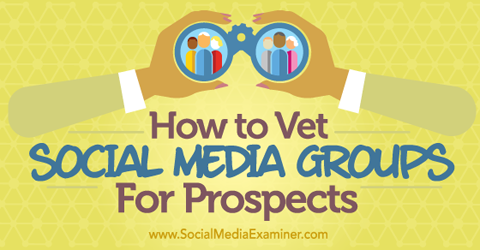
Listen to this article:
Where to subscribe: Apple Podcasts | Spotify | YouTube Music | YouTube | Amazon Music | RSS
#1: Look for Real Discussions
The most important thing to look for in a social group is discussion. You're not looking for posts; you're looking for posts with comments. This signals a group whose members are actively engaging with each other.
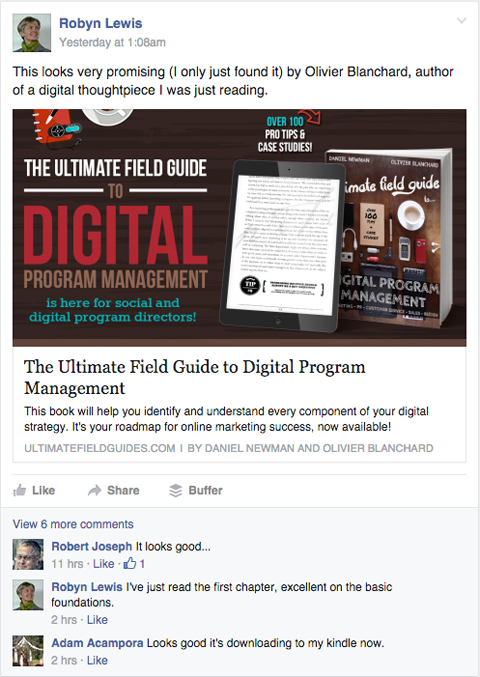
In other words, you want to steer clear of the “link farms“ of social groups. These are the ones where members stop by to drop a link to their latest content or sales page, and nothing more.
Note that groups that allow people to share links can still have engagement. It's the groups that have zero engagement and lots of links that you'll want to avoid or leave at your earliest convenience. Sure, you could drop your own links into those groups, but chances are no one is listening.
#2: Consider Groups Your Competitors Join
If you're having trouble finding social groups to join for your business, take a look at what groups are listed on your competitors' profiles.
Start by visiting your competitors‘ Facebook profiles. Click on their About tab and scroll down to see if they have any groups listed publicly on their profile.
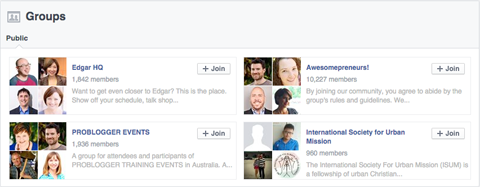
You can find a similar listing of groups on some LinkedIn profiles. Note that some LinkedIn users can see who has visited their profile.
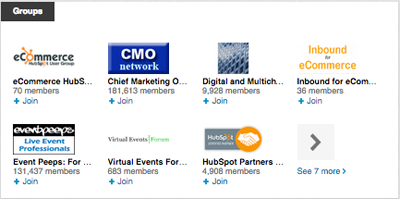
Also check the About tab on your competitors' Google+ profiles to see if they publicly share the communities they've joined.
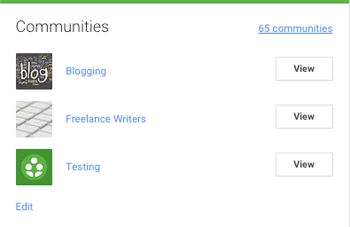
This research should point you toward groups that will be great for your business to participate in to find customers, colleagues and partners.
#3: Make Sure Your Customers Are There
To ensure that the groups you've joined are home to your customers (and that they're actively engaged), do a quick preview of engaged member profiles. You can do this by hovering over names of people engaged in discussions in Facebook groups.
Get World-Class Marketing Training — All Year Long!
Are you facing doubt, uncertainty, or overwhelm? The Social Media Marketing Society can help.
Each month, you’ll receive training from trusted marketing experts, covering everything from AI to organic social marketing. When you join, you’ll also get immediate access to:
- A library of 100+ marketing trainings
- A community of like-minded marketers
- Monthly online community meetups
- Relevant news and trends updates
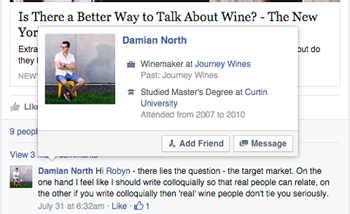
You can scroll through discussions on LinkedIn to see the headlines of discussion starters or hover over names in the comments or discussions. Both will usually include job titles and company names.
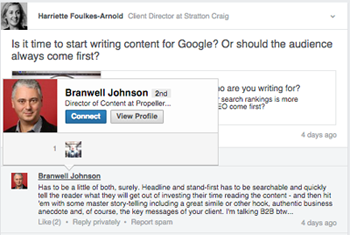
On Google+, hover over names of Google+ users to see their taglines, many of which will also include job titles and company names.
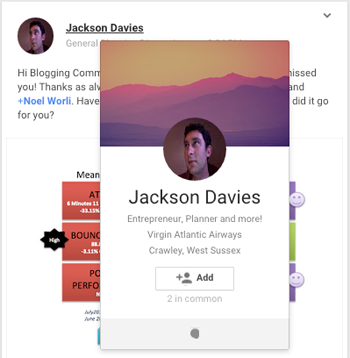
This research should ensure that your customers are participating in discussions within a group and help you figure out the right people to start engaging with yourself.
#4: Go Local
Whenever you're searching for great groups for your business, don't forget to go local in your search. Even if your business isn't solely local, you'll likely find great local groups on Facebook, LinkedIn and Google+ that focus on helping businesses refer other businesses.
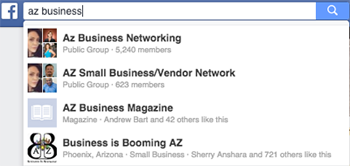
In many cases local groups tend to be more heavily moderated than general groups, making them invaluable.

Discover Proven Marketing Strategies and Tips
Want to go even deeper with your marketing? Check out the Social Media Marketing Podcast! Publishing weekly since 2012, the Social Media Marketing Podcast helps you navigate the constantly changing marketing jungle, with expert interviews from marketing pros.
But don’t let the name fool you. This show is about a lot more than just social media marketing. With over 600 episodes and millions of downloads each year, this show has been a trusted source for marketers for well over a decade.
#5: Try Paid-Entry Groups
Another option when searching for social groups with strong engagement is to focus on groups that require some form of payment to enter. This includes the use of paid products, courses, subscriptions, memberships, masterminds, events, conferences and other premium points of entry.
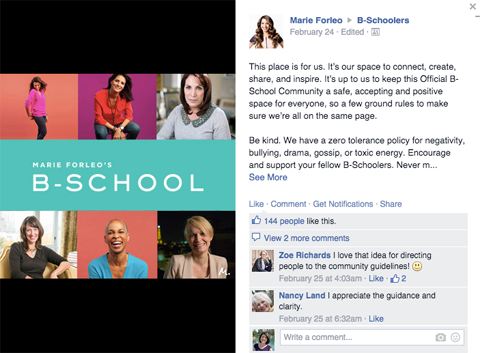
To find these groups, ask yourself what premium resources your customers would buy. These groups likely are filled with the customers you want to connect with; ones who've shown they're willing to invest in premium education, products and services.
Go Beyond Social Networks
Don't just rely on the top social networks to connect with your customers. Look beyond social networks for forums, Q&A networks and other online communities within your industry. These also offer a wealth of opportunities to engage directly with your ideal customers.
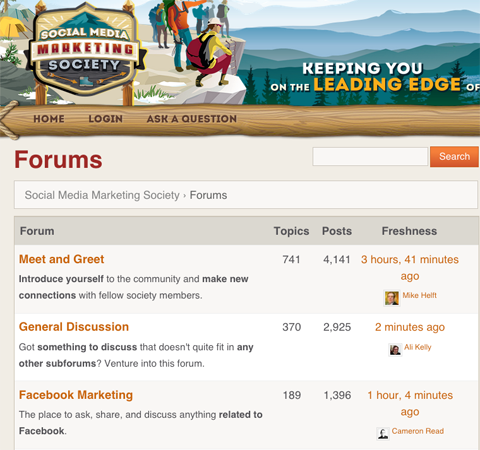
Just like social media groups, you're looking for places where your customers are engaging with each other about topics related to your business. Skip the communities that have excessive spam and aim for those that are moderated and have lots of discussion.
Tips for Getting the Most Out of Social Groups
Here are some additional tips for getting the most out of engagement in social groups for your business.
Keep Your Social Profiles Up to Date
On Facebook, you should have your current job title and company included and publicly visible in the Work and Education section on your About tab.
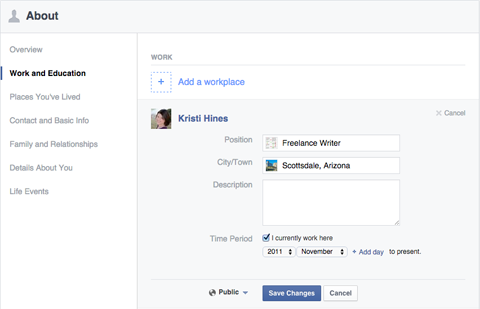
On LinkedIn, you should have your current job title and company name or a tagline of what you offer to customers as your profile headline.
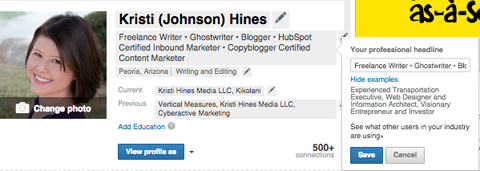
On Google+, include your current job title and company name or a tagline of what you offer to customers on your About tab.

These settings will ensure that people who see a great comment by you in a group discussion can easily learn more about you.
Follow Group Rules
Most moderated groups will have a set of rules to abide by. Be sure to read the group rules carefully so you always remain on the moderator's good side.
In Facebook groups, you'll likely find the rules in the right sidebar description of the group or in a pinned post at the top of the latest discussions.
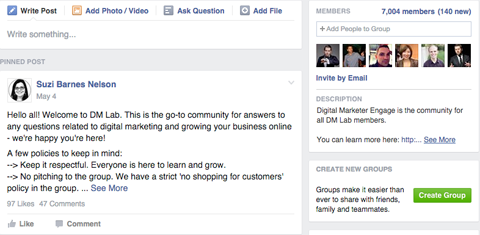
In LinkedIn groups, click on the About tab to learn more about the group's rules. You can also look in the box on the right side of the About information to see if the group has official group rules.
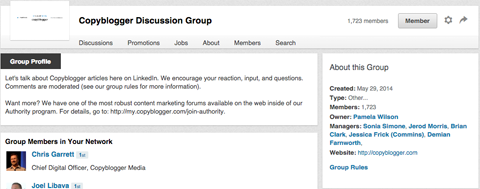
In Google+ communities you'll likely see the group rules (or a separate link to them) in the About This Community box at the top right of the community.
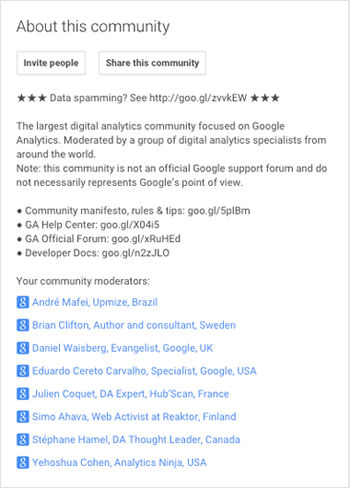
Avoid Self-Promotion
Participate in groups by starting and engaging in discussions, while avoiding self-promotion. The goal isn't to promote your business in groups directly. The goal is to demonstrate your skills and expertise through discussions so people in the group want to learn more about what you and your business have to offer.
The exceptions to this rule are groups that specifically allow you to promote your business. Some groups allow you to post about your business so members can learn more about you, and others have special “promote your business” days or posts that you can use for promotion. Look for these opportunities in groups with high engagement to get your customers' attention.
Leave Groups That Aren't Helpful
Leaving groups that aren't beneficial to your business is especially important on Facebook, as group posts tend to get a lot of coverage in your news feed. Also leave unhelpful groups on LinkedIn, as you're limited to joining only 50 groups total.
What do you think? Do you use social groups to promote yourself or your business? Which ones have you found to be the best? Please share your thoughts in the comments!
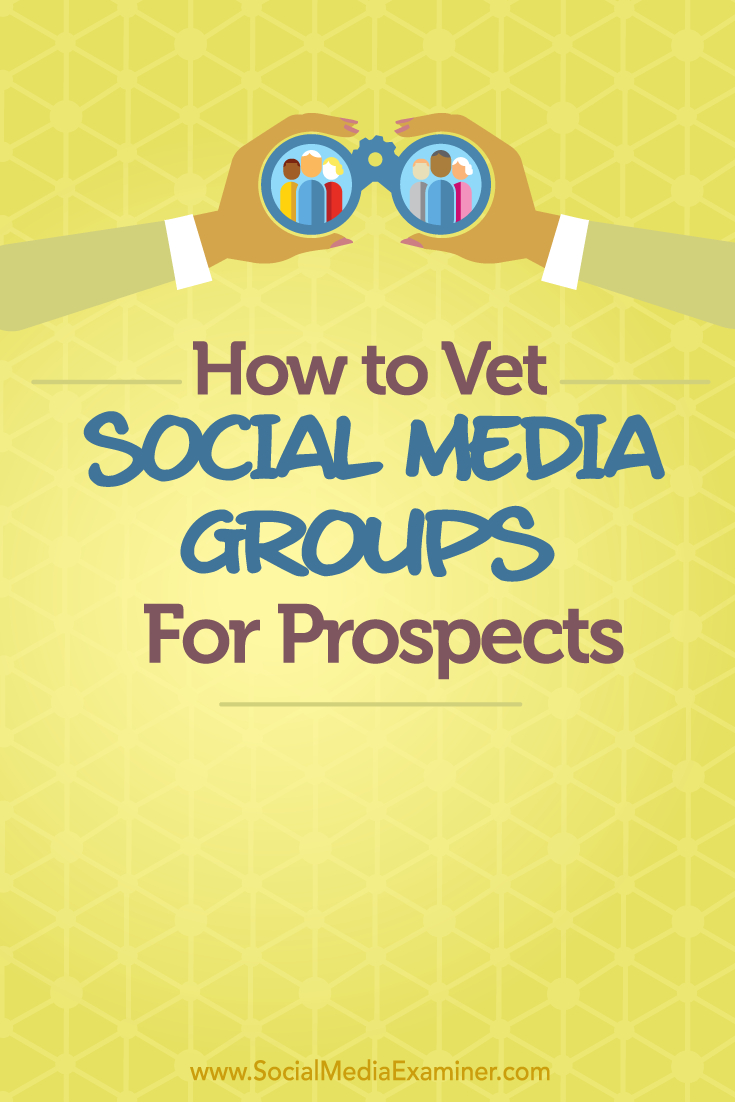
Attention Agency Owners, Brand Marketers, and Consultants

Introducing the Marketing Agency Show–our newest podcast designed to explore the struggles of agency marketers.
Join show host and agency owner, Brooke Sellas, as she interviews agency marketers and digs deep into their biggest challenges. Explore topics like navigating rough economic times, leveraging AI, service diversification, client acquisition, and much more.
Just pull up your favorite podcast app, search for Marketing Agency Show and start listening. Or click the button below for more information.

